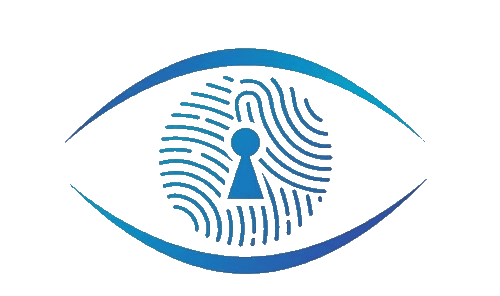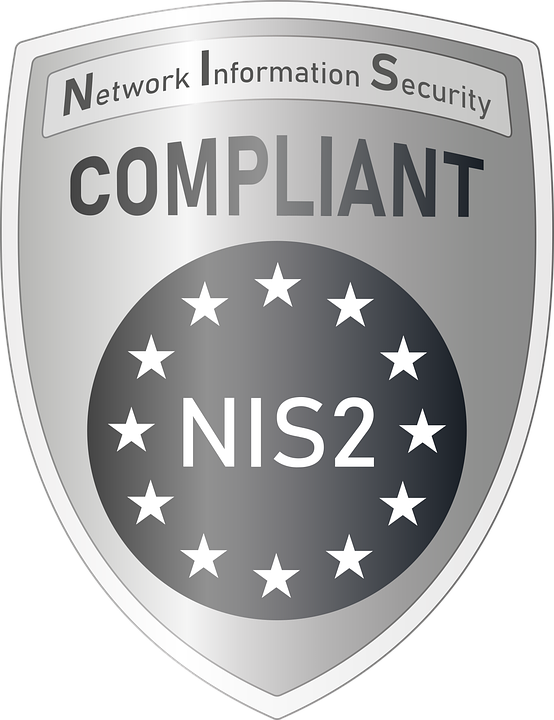What is NIS2?
What is NIS2?
The NIS2 Directive (Directive on Security of Network and Information Systems) aims to strengthen cybersecurity across the EU by expanding the scope of its predecessor, NIS. It mandates higher security standards and improved incident response capabilities for a broader range of sectors, ensuring that businesses can withstand and recover from cyber incidents. With increasing cyber threats, compliance with NIS2 is no longer just a regulatory obligation; it's a strategic imperative.
Which entities are required to comply with NIS2?
Which entities are required to comply with NIS2?
NIS2 requires compliance from a broad range of entities operating within the EU, categorized into two main groups: essential entities and important entities.
Essential Entities: These are organizations that provide critical services to society and are more directly linked to national security, economy, and public health. They include sectors such as:
- Energy: Electricity, gas, district heating and cooling and oil providers.
- Transport: Air, rail, road and maritime transport services.
- Health: Hospitals, healthcare providers, and organizations involved in medical supply chains.
- Drinking Water: Providers of water supply and distribution services.
- Digital Infrastructure: Internet exchange points, domain name systems, and cloud computing services.
- Public administration: Public administration entities of central governments.
Important Entities: These are organizations that provide significant services but are less critical than essential entities. They include sectors such as:
- Digital Services: Online marketplaces, search engines, and social networking services.
- Financial Services: Banks, insurance companies, and investment firms.
- Space: Providers of space-based services, including satellite operations.
- Waste management.
- Research Organizations.
- Manufacturing: Organizations involved in the production of critical products, including pharmaceuticals and chemicals.
Overall, NIS2 encompasses a wide range of sectors, reflecting the directive's goal to enhance cybersecurity across critical services and digital infrastructure. Compliance requirements ensure that both essential and important entities take proactive measures to manage cyber risks and respond to incidents effectively.









